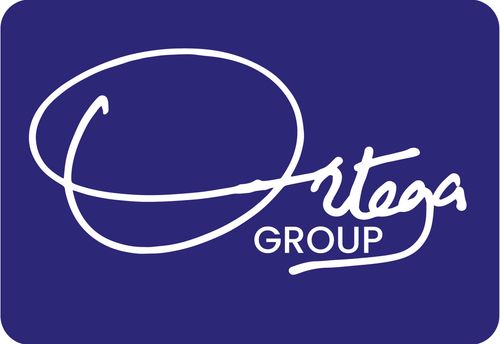Life is a wager between alternatives. Yet, often times when businesses and executives are making decisions, they are rarely like for like decisions. Mangoes will be compared to Apples, and that’s where the comparison falls flat.
How do you know the best alternative? Let’s take individuals, how do you arrive at the best car?
Well, thanks to the concept of Total Cost of Ownership, one can get to compare like for like.
Some things could be cheaper at acquisition yet more expensive during its lifecycle when it comes to repair and maintenance. The cost of entry into a given market could be low yet the cost of maintaining that market could be extremely high. One must be able to develop indicative costs across the lifecycle of any element.
Lifecycle costing is one way to arrive at a like by like comparison. One technology could be expensive at acquisition yet cheap when it comes to progressive system upgrades and maintenance.
The fundamental of any acquisition should involve full knowledge of the lifecycle costs and what that translates into when it comes to Total Cost of Ownership (TOC).
What will it cost you to convince that superstar employee from the competition to join you? Wouldn’t it be cheaper to train and upskill talent within? Often times cross-over employees never replicate their star performance. That star performance was achieved within a certain culture and structure that may not be present at your organisation. Again, we speak about the total cost of ownership of that employee.
Cost shouldn’t be seen only from the monetary cost, there is time cost, there is cultural cost, there is psychological cost. All these unique costs should be accounted for as one takes on a new venture or acquisition.
Photo Credit: Joy Tyson | Unsplash

